Nikon D60
-
-
Written by Gordon Laing
Nikon D60 versus Canon EOS 400D / XTi
Nikon D60: JPEG versus RAW
We photographed the scene here as a Large Fine JPEG, followed by one in RAW mode and have presented crops below from each file for comparison. The RAW file was converted using the ViewNX software supplied with the D60 – this only offers basic conversions, but since it’s what’s supplied with the D60, that’s what we’re using here. For more sophisticated adjustments, you’ll need to buy Nikon’s CaptureNX software, or use a third party program. The 16-bit TIFF generated by ViewNX was then reduced to 8 bits and processed the same way as the original JPEG for presentation here.
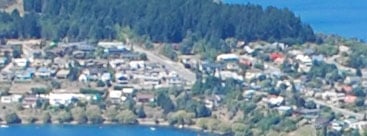 The RAW file converted using ViewNX is slightly sharper than the in-camera JPEG and reveals a little more detail, especially in the foliage areas. The greater sharpening has however introduced artefacts around some buildings which were not present on the JPEG. As always, the real benefit of shooting in RAW comes with greater manipulation and sadly that’s not possible with the D60 unless you get hold of additional software. Now let’s look at the D60’s studio-based resolution. |
Nikon D60 JPEG with Nikkor DX 18-55mm VR at 24mm |
Nikon D60 RAW with Nikkor DX 18-55mm VR at 24mm | |
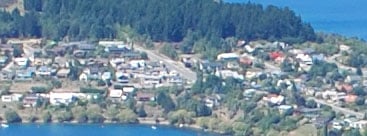 | ||
f8, 100 ISO |
f8, 100 ISO |
Nikon D60 results continued…
outdoor scene
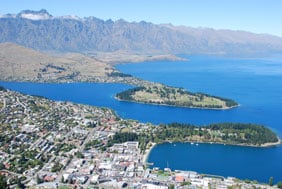 |
To compare real-life performance we shot the same scene with the Nikon D60 and the Canon EOS 400D / XTi within a few moments of each other using their Auto modes, best quality JPEG and lowest ISO settings. Both models were fitted with their respective kit lenses set to f8 and adjusted to deliver the same field of view. The image left was taken with the Nikon D60 at 24mm f8 and with a sensitivity of 100 ISO; the original JPEG measured 4.63 MB. Noise Reduction and Active D-Lighting were off by default. The crops are taken from the upper left, center, lower right and lower left portions of the originals and presented here at 100%. |
The first most obvious difference between the Nikon D60 and the Canon EOS 400D / XTi is their default processing style. The D60, like its predecessor, boosts the contrast, sharpness and especially the saturation to produce very punchy-looking images by default. These will undoubtedly appeal to anyone upgrading from a compact, but if the scene is already vibrant, the results can look a little unreal. In contrast, the EOS 400D / XTi produces relatively laid-back, more natural looking images. Like all DSLRs though, it’s possible to tweak either to your heart’s content.
Another difference is the way both cameras meter the same scene. As noticed on our D40x and D80 review, the Canon 400D / XTi metered this composition (and our real-life noise scene) with shutter speeds almost one stop faster, producing a much darker image by default. While the 400D / XTi can have a tendency to underexpose, the Nikon’s could equally be judged as slightly over-exposing, although by comparing various histograms we’d say the Nikon metering is closer to the ‘correct’ exposure. As such for the comparisons below and on our real-life noise page, we applied +2/3 EV of exposure compensation to the 400D / XTi to better match the D60’s output.
Both DSLRs employ 10 Megapixel sensors, but even a quick glance at the 100% crops below will reveal a noticeable difference in detail. This is particularly apparent in the corners, as seen in the first and third row of crops, where the Canon crops are much softer. The crops taken from closer to the middle of the frame, such as the second and fourth rows, look more similar, but there’s still a detail advantage to the D60 even with the processing taken into account. About the only aspect where the D60 crops are beaten by the Canon below is a little fringing on the mountain ridge.
These differences are almost entirely down to the kit lenses supplied with each model. The Canon EF-S 18-55mm is famously an unremarkable performer, but the new Nikkor DX 18-55mm VR is comfortably out-performing it, while also boasting optical stabilisation. This is the key advantage of the D60 kit over the 400D / XTi kit, although there are many other differences including a number of features in favour of the Canon – see the design and features pages for full details.
Scroll down for a JPEG and RAW comparison from the Nikon D60, or head on over to our D60 studio resolution results page.
Nikon D60 with Nikkor DX 18-55mm VR at 24mm |
Canon EOS 400D / Rebel XTi with Canon EF-S 18-55mm at 22mm | |
 | 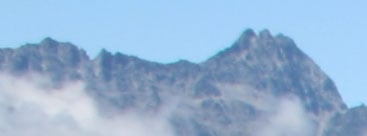 | |
f8, 100 ISO |
f8, 100 ISO | |
 | 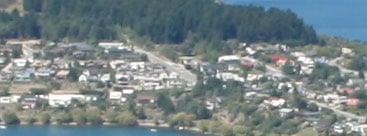 | |
f8, 100 ISO |
f8, 100 ISO | |
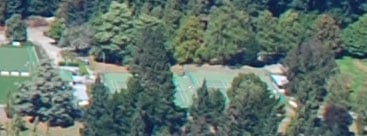 | 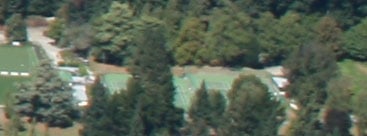 | |
f8, 100 ISO |
f8, 100 ISO | |
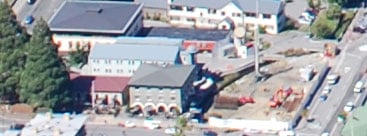 | 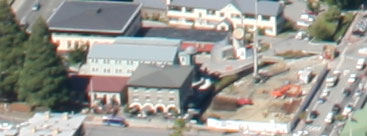 | |
f8, 100 ISO |
f8, 100 ISO |




